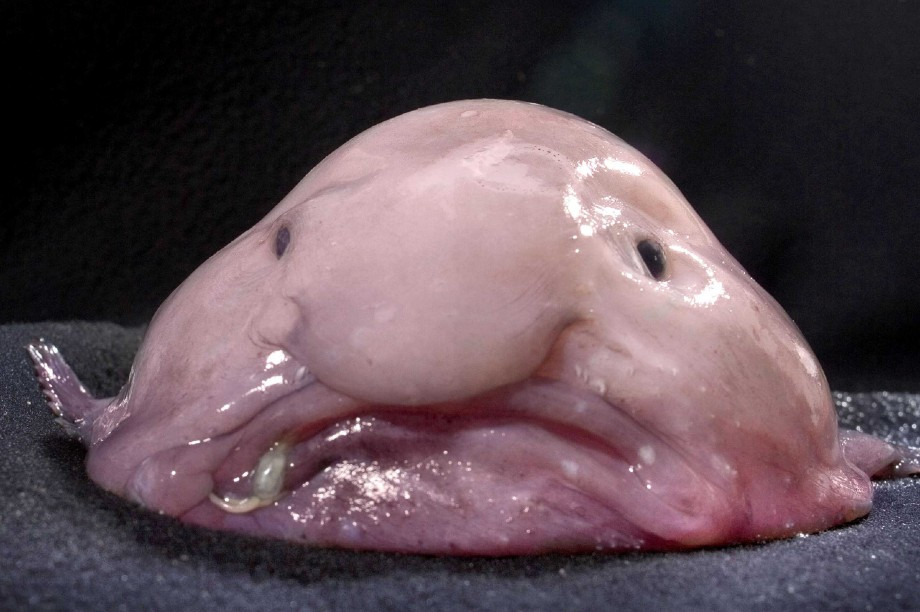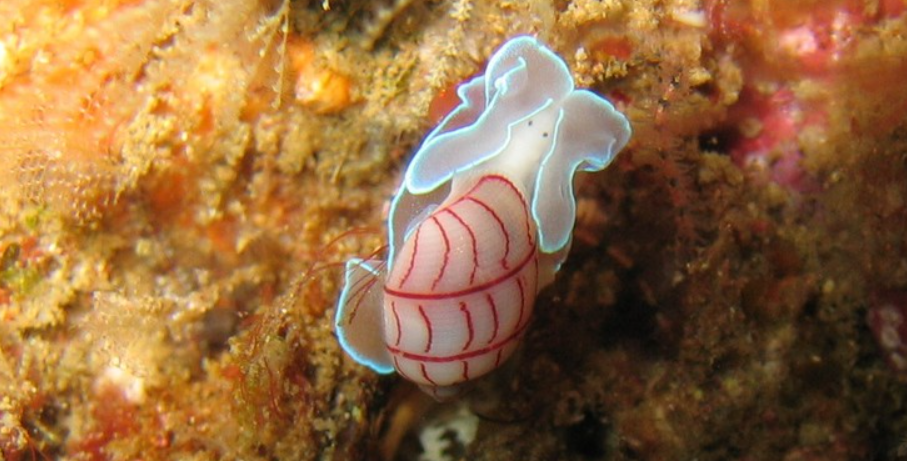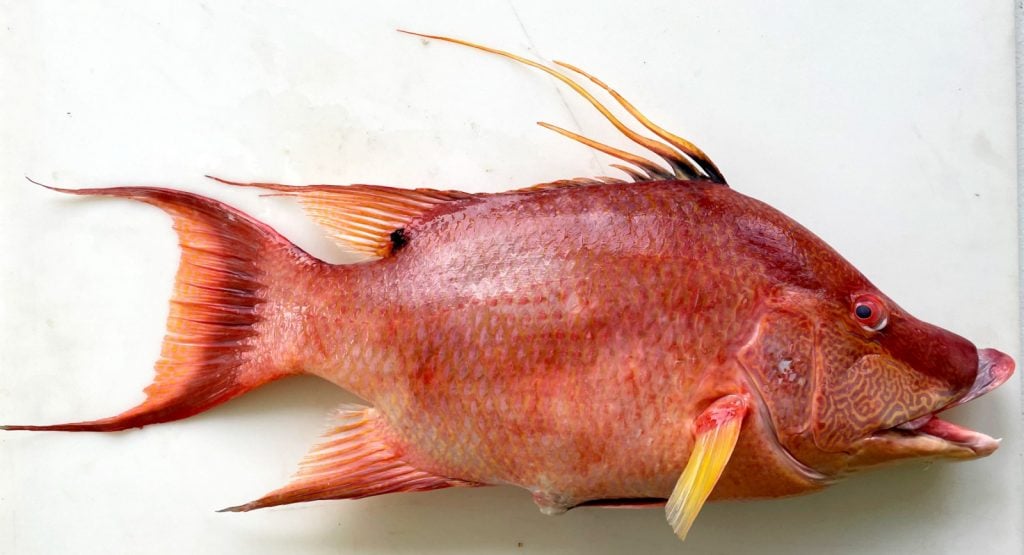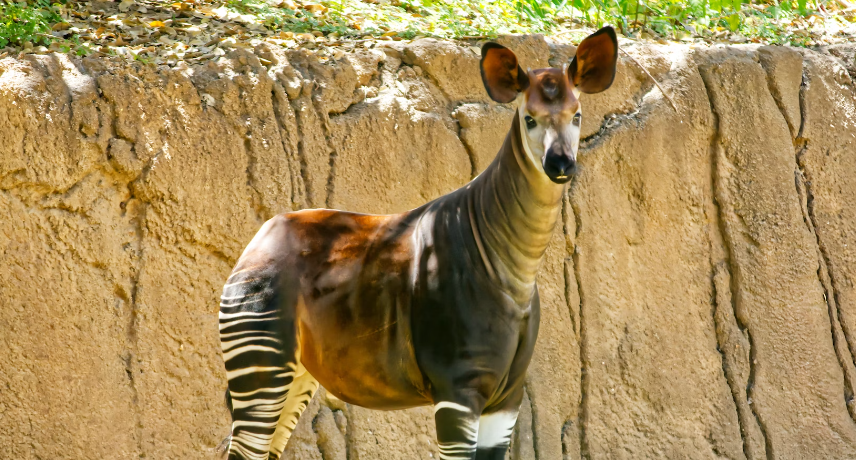The Blobfish – Fun Facts About the “Ugliest” Fish in the World

© Kerryn Parkinson / NORFANZ
Although beauty is in the eye of the beholder, everyone can agree that this fish is rather peculiar. The blobfish, just as the name suggests, is a fish that is not so pleasing to the eye. But, to be fair, it is hard to sound adorable with a name like “blobfish”. And, giving this little fella the benefit of the doubt, other fish or sea creatures have more majestic names than that.
What Is a Blobfish?
The blobfish (Psychrolutes marcidus) is a deep-sea fish that has gained fame for its unusual appearance. It is often described as one of the world’s ugliest fish due to its distinctive, gelatinous, and somewhat amorphous appearance. Here are some key characteristics of the blobfish:b
Blobfish are typically pinkish or pale in color and have a gelatinous, almost translucent flesh. Their body lacks traditional scales, and they have a soft, saggy, and droopy appearance. Their large, bulbous nose and downturned mouth give them a somewhat sad or “blob-like” expression, which is how they got their name.
They are found at depths of around 2,000 to 4,000 feet (600 to 1,200 meters) in the deep waters off the coasts of Australia and New Zealand. The extreme pressure at these depths allows their gelatinous bodies to maintain their shape.

Their gelatinous body is an adaptation to the high-pressure, low-oxygen environment of the deep sea. The lack of muscles and a swim bladder helps conserve energy in this low-energy environment, where food is scarce.
Blobfish primarily feed on edible matter that drifts down from the surface, such as small invertebrates and other marine organisms. They are also not currently considered a threatened or endangered species. However, they face potential threats from deep-sea fishing practices that involve trawling the ocean floor, which can accidentally capture them in fishing nets.
Why Is the Blobfish Referred to As the Ugliest Fish in the World?
Blobfish have made a name for themselves as the ugliest type of fish in the world. One look at a picture of it will explain why. But, why do they even look this ugly?
The blobfish does not actually look like that. At least, it does not look THAT bad! The thing is, when a blobfish is removed from the water, its entire face and body sinks down, leaving it to have that sluggish appearance.
Blobfish, a species found in the deep ocean at depths ranging from 600 to 1,200 meters, are adapted to high-pressure environments with their soft, boneless bodies and minimal muscles. When removed from their natural habitat, the decompression causes them to expand and lose their structure, giving them their characteristic “ugly” appearance. However, in their natural underwater habitat, they do not look as distorted.
Think of it this way, humans would appear quite different and distressed if suddenly transported to the extreme depths of the ocean. Just like that, blobfish look peculiar on land because they are not built for terrestrial conditions.
How Does the Blobfish Actually Look Like?
This answer is not as exciting as you might think. In their deep-sea habitat, blobfish have a fairly typical fish-like appearance. They feature slightly swollen heads, prominent dark eyes, and delicate pectoral fins with a feathery texture. Their bodies are of a pinkish-grey hue and gradually narrow towards the tail, somewhat resembling the shape of a tadpole. Blobfish are generally small, measuring less than 30 centimeters in length and weighing less than 2 kilograms.

Fun Facts About Blobfish
Here are some interesting facts about blobfish:
1. Native to Oceania
Blobfish, scientifically known as Psychrolutes marcidus, are native to the waters off the coasts of Australia and New Zealand. They inhabit depths of approximately 3,000 feet, where the water is near freezing and the pressure is extremely high, ranging from 60 to 120 times greater than at sea level.
2. Crustacean Diet
Blobfish primarily feed on small crustaceans such as crabs, sea urchins, and shellfish. Their diet mainly consists of slow-moving, deep-sea mollusks, which they ingest as they drift along. Due to their low muscle mass and limited mobility, they rely on opportunistic feeding.
3. Lack of Bones and Teeth
Blobfish are characterized by their lack of bones and teeth, which sets them apart from many other fish species. This means they do not have the physical adaptations for active hunting or biting.
4. Buoyancy Control
Unlike most fish that possess swim bladders to control buoyancy, blobfish lack this organ. Instead, they rely on their gelatinous, low-density flesh to maintain buoyancy in the high-pressure depths where they live. This adaptation helps them avoid sinking or floating uncontrollably.
5. Predators and Conservation
Blobfish face a significant threat from accidental capture by deep-sea fishermen. The high-pressure environment of their habitat makes it challenging for them to survive when rapidly brought to the surface. This has raised conservation concerns, although they are not officially classified as endangered.
6. Unique Appearance
Blobfish exhibit a unique appearance, particularly when taken out of their high-pressure environment. The extreme pressure difference causes their gelatinous flesh to lose its shape, resulting in the distinctive “blobby” appearance, which has led to their reputation as one of the world’s ugliest animals.
7. Reproduction
Female blobfish lay thousands of small, pink eggs on the ocean floor. Either the female or male will guard the eggs to protect them from potential predators until they hatch. This process is then repeated for further generations.
8. Ugly Animal Contest Winner
In 2013, the blobfish gained notoriety by winning the “World’s Ugliest Animal” contest organized by The Ugly Animal Preservation Society. This contest aimed to raise awareness about endangered and underappreciated species.
9. Deep-Sea Dwellers
Blobfish are specially adapted to life in the deep sea. Their exact lifespan is not well-known, but deep-sea creatures often live longer than those in shallower waters due to slower growth rates and reduced predation. They excel at conserving energy due to the scarcity of food in their habitat.
10. Human Threat
While blobfish do not have natural predators in their deep-sea habitat, humans pose a significant threat. Trawling, a fishing method that uses nets dragged along the ocean floor, often captures blobfish accidentally. The rapid pressure change during retrieval can be fatal to blobfish.
11. Swim Bladder Absence
In contrast to many other fish, blobfish do not possess swim bladders, as these would be prone to bursting at the extreme depths in which they live. Their buoyancy is maintained by their gelatinous flesh.
12. Egg Laying
Female blobfish lay numerous eggs on the ocean floor, creating clusters of eggs. It is unclear why several females might nest next to each other, but it’s theorized that this behavior occurs in areas with sinking water, providing a stream of warmth and more food.
13. Fixation Effects
Preserved blobfish, like “Mr. Blobby,” can undergo changes in appearance due to the preservation process. Mr. Blobby, for example, experienced a shrinking nose and tightening of the skin during preservation.
14. Pop Culture Icon
Blobfish have captured the imagination of pop culture. They have inspired various merchandise, including stuffed animals, earrings, toys, and clothing. Additionally, there is a song called ‘Blobfish’ by Michael Hearst dedicated to this unique creature, and blobfish-themed memes have gained popularity on the internet.
After learning more about blobfish, I grew to like them a bit more. What about you? Did this article help you appreciate this little guy a bit more? Or do you actually resent its appearance entirely? Let us know if you agree that the blobfish is the ugliest fish in the world!


